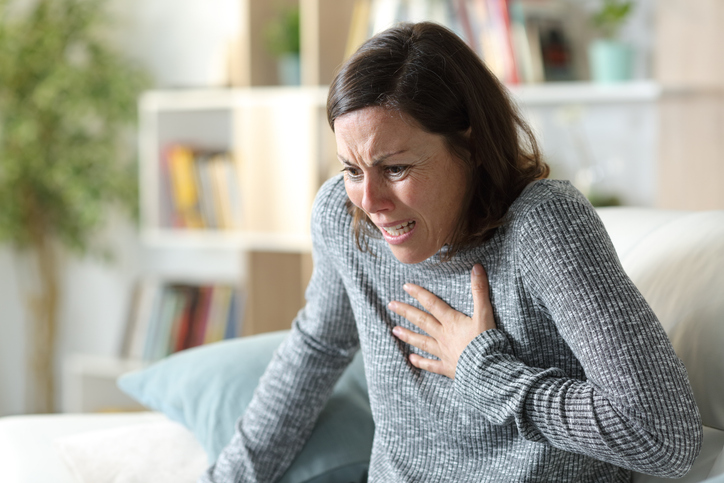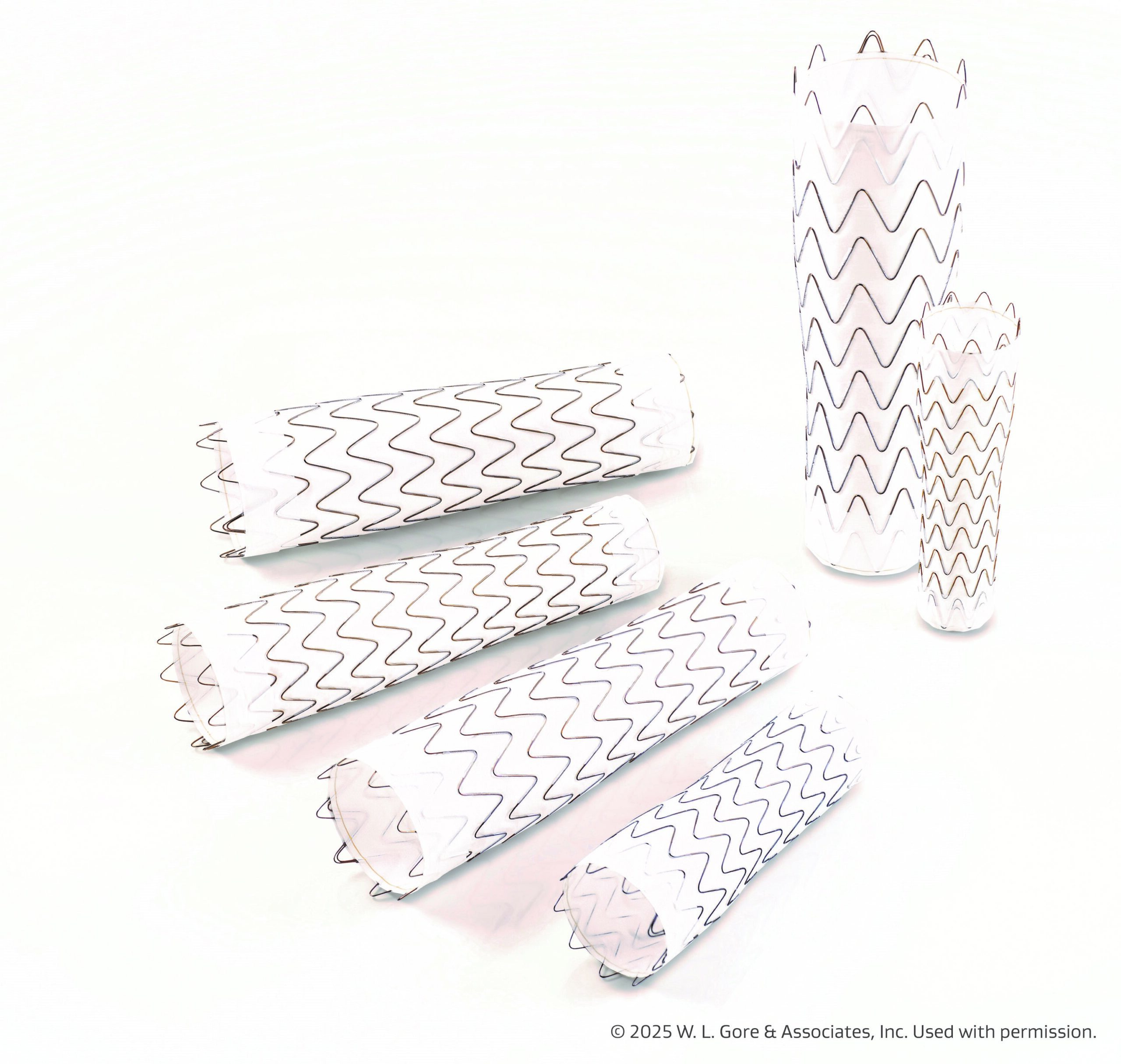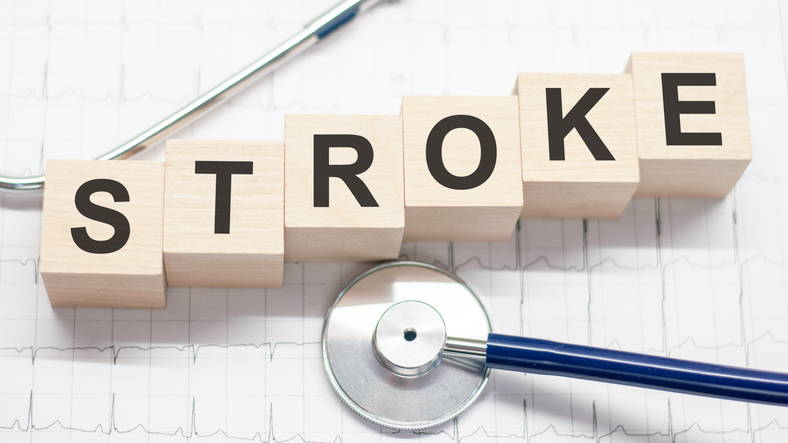
A new analysis of more than 418,000 Europeans across nine countries indicated a connection between common foods and the risks for ischemic and hemorrhagic stroke.
The study, published in the European Heart Journal, According to a news release, studies on the link between foods and stroke have been limited to analyses of total stroke. A team led by Dr. Tammy Tong, an epidemiologist at the Nuffield Department of Population Health, University of Oxford, looked at data from 418,329 men and women from across Europe and assessed diet using a validated country-specific questionnaire asking about habitual dietary intake over the past calendar year. They then used multivariable-adjusted Cox regression analysis to estimate hazard ratios (HRs) for ischemic stroke and hemorrhagic stroke linked with consuming red/processed meats, poultry, fish, dairy, eggs, cereals, fruits/vegetables, legumes, nuts/seeds, and dietary fiber.
Fruits and Vegetables For Reduced Stroke Risk
According to the study results, a higher consumption of fruits/vegetables (per 200 g/day higher intake, HR=0.87; 95% CI, 0.82 to 0.93; P-trend<0.001), dietary fiber (per 10 g/day, HR=0.77; 95% CI, 0.69 to 0.86, P-trend<0.001), milk (per 200 g/day, HR=0.95; 95% CI, 0.91 to 0.99, P-trend=0.02), yogurt (per 100 g/day, HR=0.91; 0.85 to 0.97, P-trend=0.004), and cheese (per 30 g/day, HR=0.88; 95% CI, 0.81 to 0.97, P-trend=0.008) were linked with reductions in ischemic stroke risk. Those at higher stroke risk tended to consume more red meat (per 50 g/day, HR=1.07; 95% CI, 0.96 to 1.20; P-trend=0.20), which was attenuated when compared with other statistically significant foods. Higher egg consumption was associated with a small increase in risk for hemorrhagic stroke (per 20 g/day; HR=1.25; 1.09 to 1.43; P-trend=0.002).
“The most important finding is that higher consumption of both dietary fiber and fruit and vegetables was strongly associated with lower risks of ischemic stroke, which supports current European guidelines,” Dr. Tong said. “The general public should be recommended to increase their fiber and fruit and vegetable consumption, if they are not already meeting these guidelines.”
Dr. Tong also noted the importance of analyzing risk by type of stroke.
“Our study also highlights the importance of examining stroke subtypes separately, as the dietary associations differ for ischemic and hemorrhagic stroke, and is consistent with other evidence, which shows that other risk factors, such as cholesterol levels or obesity, also influence the two subtypes differently,” she added.
Study of 418,000 Europeans finds different #foods linked to different types of #stroke @OxfordJournals @escardio. European #Heart Journal paper free access: https://t.co/ONZR2Ro3Kq https://t.co/Vu9kae3CvZ via @escardio @EurekAlert
— Health Research (@GuiltFreeTips) February 24, 2020
New interesting paper from EPIC by @tammy_tong suggests higher intakes of fruit, vegetables, fibre, milk, yogurt and cheese may cut risk of ischemic stroke, while eggs may increase risk of hemorrhagic stroke https://t.co/dyfjhE16rY
— Dagfinn Aune (@AuneDagfinn) February 24, 2020
Eating fruit and vegetables may reduce the risk of ischemic stroke, while eating eggs may increase the risk of hemorrhagic stroke. Read the full study in the "European Heart Journal": https://t.co/z3CeHjXJaj @ESC_Journals @tammy_tong pic.twitter.com/GOJjvL92Hj
— OUP Medicine (@OUPMedicine) February 24, 2020







 © 2025 Mashup Media, LLC, a Formedics Property. All Rights Reserved.
© 2025 Mashup Media, LLC, a Formedics Property. All Rights Reserved.